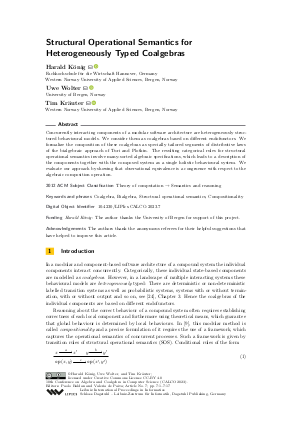LIPIcs.CALCO.2023.7.pdf
- Filesize: 1.99 MB
- 17 pages

 Creative Commons Attribution 4.0 International license
Creative Commons Attribution 4.0 International license




















Feedback for Dagstuhl Publishing